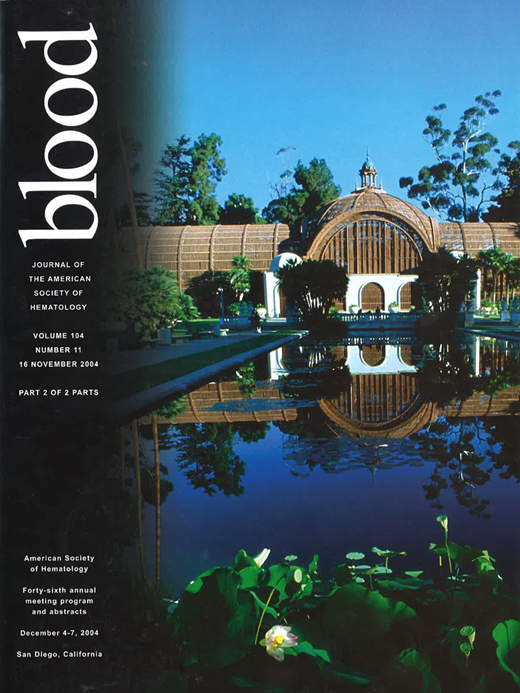Abstract
We established the first clinical ex vivo HIV-based vector gene therapy trial in humans with HIV+ CD4+ T-cells. Briefly, this therapy involves modifying patient CD4+ T-cells with our modified lentiviral vector carrying an anti-HIV payload. These cells are then activated and expanded, and re-infused back into the patient. However, cGMP regulations require the use of costly clinical grade reagents (i.e. Retronectin™, CD3/CD28 stimulating paramagnetic beads). In an attempt to reduce ex-vivo processing costs, but not at the expense of transduction levels, we sought to determine a way to directly activate CD4+ T-cells with modified lentiviral vectors. 293FT HEK cell lines, used for producing our lentiviral vectors, were modified to co-express the natural CD28 stimulatory ligand B7.2 (CD86) and ICAM-1 (CD54) proteins on their membrane for co-stimulation and anchoring purposes. When CliniMACS purified normal donor CD4+ T cells were co-cultured with CD54/CD86-expressing cells, in the presence of soluble OKT3 CD3 antibody, CD25 and CD69 activation markers were upregulated, indicating that functional proteins were being expressed at the cell membrane. These CD54 and/or CD86 expressing cells could subsequently be transfected with lentiviral vector plasmid constructs in order to produce host-derived CD54 and/or CD86 bearing HIV-based vectors. EGFP-expressing lentiviral vectors, VRX494, with CD54/CD86-modified envelopes were produced both in these cell lines and by transient transfection of all relevant plasmids, and titers were assayed on Hela-Tat cells by FACS. CD54 modified lentiviral vectors showed increased binding to CD4+ T-cells, as evidenced by significant cell clumping. CD86 (as well as CD54 plus CD86) modified lentiviral vector, with soluble OKT3 CD3 antibody, was shown to activate T-cells, above the levels seen with unmodified lentiviral vectors, as evidenced by the increase in cell surface CD25 and CD69 expression and also the increase in cell size. Cellular expansion of modified lentiviral vector transduced CD4+ T cells reached levels close to CD3:CD28 bead stimulated CD4+ T cell controls over a period of 2 to 3 weeks. The CD3/TCR repertoire was assessed by flow cytometry and, compared to the well-established CD3/CD28 coated M450 Dynabeads stimulatory system as a control, no skewing of the repertoire was observed. CD86 was shown to improve levels of transduction in pre-activated lymphocytes with CD3/CD28 coated M450 Dynabeads. However, CD86 co-expression was crucial for transducing minimally activated CD4+ T cells with only soluble OKT3 CD3 antibody. Levels of transduction and activation were on average 2 to 3 times higher with the modified lentiviral vectors. To our knowledge, we are reporting the first generation of lentiviral particles exhibiting an adhesion property with stimulatory abilities. The development of such a lentiviral vector has valuable implications for clinical application by reducing the number of exogenous reagents in large scale cell processing.
Author notes
Corresponding author

